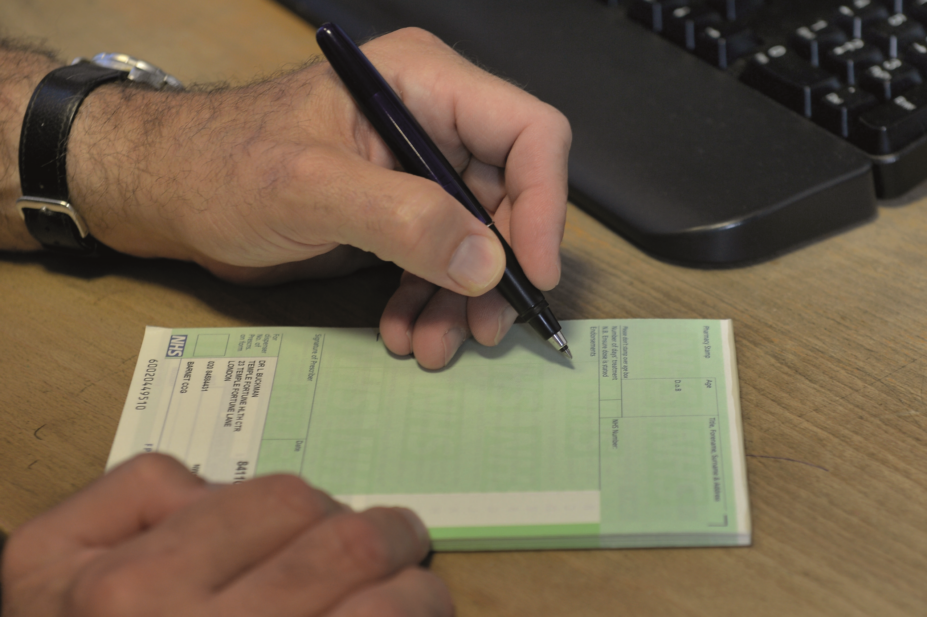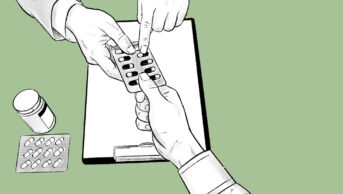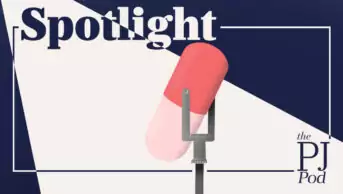
Anthony Devlin/PA Archive/PA Images
The overall cost of prescribing for treatments identified by NHS England as of “low clinical value” has risen, despite a decrease in the number of items prescribed, according to a cross-sectional analysis of primary care[1]
.
The number of prescriptions for low-value items, which include homeopathy, gluten-free products, co-proxamol and lidocaine plasters, was found to be extensive but varied widely by type of treatment, geographic area and individual GP practice.
Using data published monthly by NHS Digital, the researchers examined all prescriptions for each of the low-value treatments from July 2015 to June 2016 and July 2016 to June 2017. These data were then matched with demographic data on GP practices from Public Health England in order to understand the reasons behind any variation.
The researchers found that there was £153.5m of total expenditure across all low-value treatments between July 2016 and June 2017, from a total of 5.8m items. This was equivalent to around 1.7% of the total NHS spend on primary care prescribing.
For individual treatments, the total spend for each treatment ranged from £78,000 for homeopathy to £29.6m for liothyronine. The overall cost per item for all treatments was £26.28, ranging from £2.55 for dosulepin to £411.97 for liothyronine.
Although there had been an overall trend towards fewer low-value items being prescribed, with almost one million fewer prescriptions between July 2016 and June 2017 compared with the previous year, the researchers found that costs had risen by £4.5m over the same period.
For liothyronine, trimipramine and co-proxamol, the cost per item had risen dramatically, by £73, £168 and £71 per prescription, respectively.
“Co-proxamol, liothyronine and trimipramine illustrate a concerning phenomenon, where despite successful efforts to limit prescribing numbers, costs have risen sharply,” said Ben Goldacre, lead researcher of the study.
“[Co-proxamol is] expensive because it was removed from the drug tariff, meaning that any prescriptions for it have to be sourced as a ‘special’ order.
“There is limited regulation of the cost of such special orders, making real world cost savings on such drugs difficult until there are a very small number of total prescriptions.”
The strongest association with the level of prescribing cost at practice level was with the proportion of patients aged over 65 years. The researchers also found prescribing behaviour clustered by clinical commissioning group (CCG).
“The detailed analysis of trends and variation in low value prescribing presented here should be used to inform future debate about the use of such treatments,” they said.
“A certain proportion of current variation in many of the observed treatments is likely to be due to differences in policy between different CCGs and practices, rather than clinical need.”
In November 2017, NHS England published national guidance on a range of medicines that should no longer be routinely prescribed in primary care.
The guidance was developed after a consultation that sought views from the public, patients and professionals on whether 18 products — identified as either of low clinical value, clinically effective but low priority, or those where cheaper alternatives were available — should be prescribed.
The aim was to reduce unwarranted variation, provide clear guidance and reduce unnecessary spending.
References
[1] Walker A, Curtis H, Bacon S et al. Trends and variation in prescribing of low-priority treatments identified by NHS Engalnd: a cross-sectional study and interactive data tool in English primary care. J Royal Soc Med 2018;0(0):1–11. doi: 10.1177/0141076818769408


